We had the privilege of sitting down with one of our newest Board members, Ariff Sidi, former GM & Chief Product Officer at Edgecast, a division of Verizon Media. During our conversation, Sidi shared some of his major career accomplishments and his convictions as a father and how these experiences led him to join the Board at Children’s Institute.
Ariff, you’ve had quite an impressive career – from engineering to product management to media and tech! Could you walk us through your professional journey, highlighting some of your achievements?
I started off in software engineering at Qualcomm, having graduated from the University of California, San Diego. In the beginning, my work was hands-on, writing code. While it was intellectually challenging, it was also a bit removed from the consumer experience, and I wanted to create products that touched people’s lives more directly. That led me to Disney, where I began migrating from engineering to product management.
During my 12-year tenure at Disney, I built a variety of products and technology that people were using and enjoying daily, which I loved. I also played a central role in the development of ABC’s industry-first video streaming platform, which my team built in only 62 days, and kicked off an entire industry transformation that is still ongoing today! In the process, I filed 10 patents, won an Emmy award and two additional Emmy nominations. I also earned an MBA from UCLA during this time.
After my time at Disney, FOX and a couple of start-ups, I went on to become the Chief Product Officer at a division of Verizon During my time at Verizon, I led the business through two private equity transactions, after which I decided to take some time out to spend with my family.
Wow, what an incredible impact you’ve made across multiple industries! It must’ve been a rollercoaster of an adventure to be part of an unprecedented transition from traditional media to streaming, and congrats to you!
Can you share about what motivated you to join Children’s Institute’s Board of Trustees?
Ultimately, being a father of two young kids in the same age range as Children’s Institute’s children is what motivated me to join and why Children’s Institute’s mission and work resonates with me personally. I recognize that a stable and healthy childhood makes a huge difference in launching young people into successful and happy adults. If I were to think of my own kids in anything but the best conditions – not being cared for, not having access to education, feeling unsafe, not having the opportunities they currently have, not having their dad around, etc. – it’s heartbreaking.
Knowing that not all children are afforded these opportunities, and that Children’s Institute is pushing hard to change that is the source of my motivation to get involved. I’m hoping that I can use my skills as a technologist, business leader, and dad to support Children’s Institute and the great work it does.
That’s wonderful to hear and thank you for your incredibly big heart and desire to help the children of Los Angeles, particularly those who are consistently marginalized and underserved. Children’s Institute’s North Star states that all children and families can achieve educational success and emotional wellbeing to build lasting pathways to lifelong health and economic mobility. Can you share what specifically connects you to Children’s Institute’s North Star?
I want to start off by sharing a quote by Martin Luther King Jr, from his book, “Why We Can’t Wait.”
It is obvious that if a man is entered at the starting line of a race 300 years after another man, the first would have to perform some impossible feat in order to catch up.
While this quote is specifically about racial inequality and reflects the challenges that many African Americans face today, I think it is has quite a lot of relevance to the work of Children’s Institute. It is difficult to compete if your starting line is so far behind your peers. That’s why the work of Children’s Institute and its work in early childhood education and head start programs is so important. How one starts their lives impacts their future and their early years in childhood carry forward into adulthood. I believe in a fair playing field, for kids most of all.
Let’s give these kids a better start to ensure better outcomes in the future.
What a powerful motivator. It’s true that to make a lasting impact, it often starts with the early stages of childhood. That relates to a statement that was recently made by a fellow Board member, Sunil Gunderia, who said, “The most effective and efficient societal investments in education are those made in early childhood education.”
Now that you are a member of Children’s Institute’s Board, what is something you would like to accomplish in your work and advocacy through Children’s Institute?
There are three parts to what I’d like to accomplish as a Board member of Children’s Institute:
First, in an early meeting with Martine Singer and Catherine Atack, before I became a member of the Board, they had mentioned that Children’s Institute has been around for over a hundred years – since 1906, which is about the time LA Children’s Hospital was established. But a major difference is the level of public awareness between the two. I would like to help build awareness for Children’s Institute and its work through my efforts and connections.
Second, because of my background in tech, I hope to be helpful in guiding the use of technology to drive and improve efficiencies to contribute to better outcomes internally.
And third, also related to technology, but more specifically as it relates to its externally facing products. I hope to be helpful in guiding the use of technology to improve products and services delivered to CII’s children and families.
That’s wonderful! We’re so excited to have you onboard! On a personal level, can you share some of your hobbies?
I have a bunch of hobbies, most of which lean pretty technical. I enjoy photography; I also enjoy sailing and powerboating; I’ve always been big into cars and had an amateur racing license at one point; I do a lot of DIY from electrical to plumbing to carpentry to metal work; I do some content creation; and I’m building an AI home automation system. I’m probably forgetting something. One day I will get a private pilot license, but my wife has forbidden me to do that while we have young kids!
Are there any other interesting facts about yourself?
I mentioned I had several patents from my time at Disney. There’s a high likelihood, probably a certainty, that you have come across and experienced one of my patents if you’ve ever watched a streamed video with ads in it. If you’ve noticed the countdown timer during an ad or how you can’t skip the ads, you’ve come into contact with one of my patents!
Thank you so much for your time, Ariff. It was a pleasure getting to know you and your desire to make a positive impact on the lives of children. Welcome to Children’s Institute!
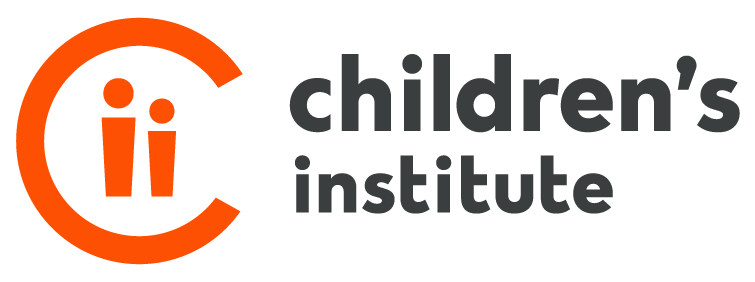
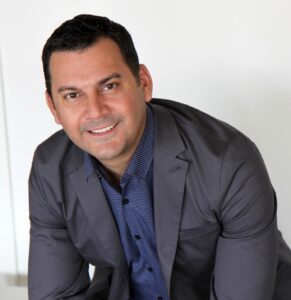
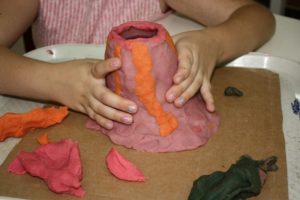


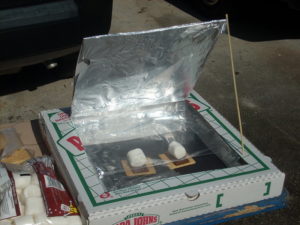
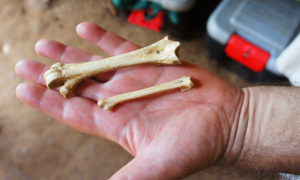

 Residents in Watts have endured decades of gun violence that has caused generational trauma and toxic stress.
Residents in Watts have endured decades of gun violence that has caused generational trauma and toxic stress. CII’s Clinical Program Manager Ginger Lavender-Wilkerson with The REACH TEAM members Deputy City Attorney Lara Drino and LAPD Lieutenant Gena Brooks.
CII’s Clinical Program Manager Ginger Lavender-Wilkerson with The REACH TEAM members Deputy City Attorney Lara Drino and LAPD Lieutenant Gena Brooks. The REACH TEAM at CII includes Maria Reyes, Yvette Martinez, Eztli Herrera, and Ginger Lavender-Wilkerson.
The REACH TEAM at CII includes Maria Reyes, Yvette Martinez, Eztli Herrera, and Ginger Lavender-Wilkerson.


 We’re pleased to announce that Todd Sosna, Ph.D. has been named Children’s Institute’s Chief Program Officer effective today.
We’re pleased to announce that Todd Sosna, Ph.D. has been named Children’s Institute’s Chief Program Officer effective today.